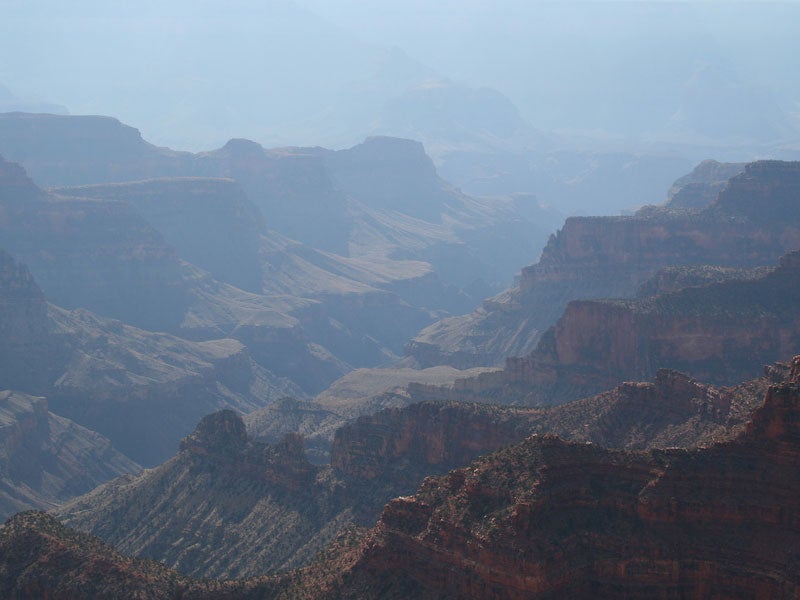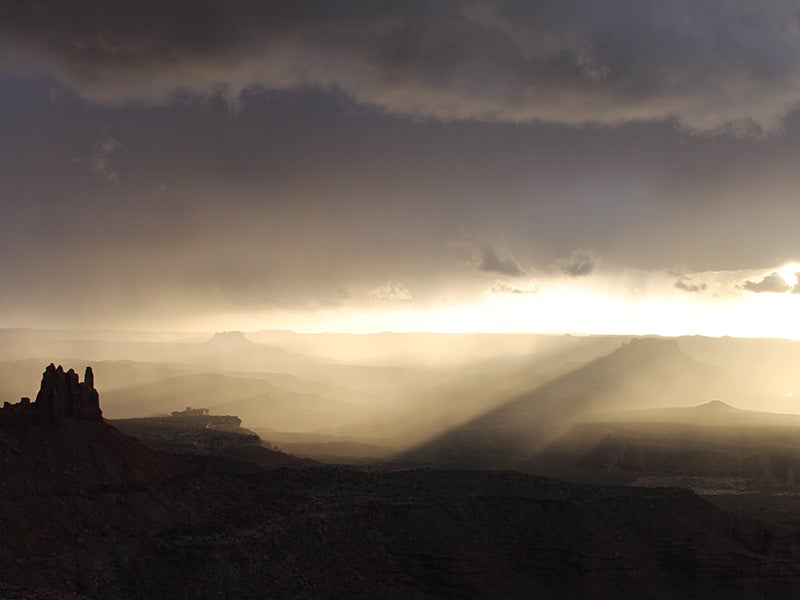Protecting The Southwest’s Iconic Parks From Dirty Air
The EPA gave a free pass to eight of the oldest and dirtiest coal plants in the American west, which emit sulfur dioxide that dirties our air and can have harmful health effects. The views in iconic parks like Yellowstone and the Grand Canyon are suffering as a result.
Case Overview
Haze is a major problem in national parks and wilderness areas, created in part by coal plants and other heavy industries that emit air pollution that obscures scenic views from the Grand Canyon to Yellowstone and beyond.
Congress directed the U.S. Environmental Protection Agency to clean up industrial sources of haze pollution in our nation’s parks and wilderness areas. But instead of requiring the largest sources in Utah, New Mexico and Wyoming to reduce their emissions of sulfur dioxide (SO2) — a pollutant that causes haze — EPA effectively exempted the eight dirty coal plants from legal requirements to upgrade their pollution controls.
This violation of the Clean Air Act jeopardizes more than scenic vistas. Sulfur dioxide contributes to heart attacks, asthma attacks and emergency room visits for asthma, chronic bronchitis and respiratory illness.
In a series of court actions, Earthjustice has represented groups in lawsuits that challenge EPA’s gaping loophole and other inadequate pollution control plans for these especially dirty coal plants.

Case Updates
Case page created on January 19, 2021.
